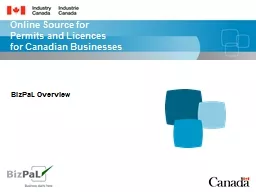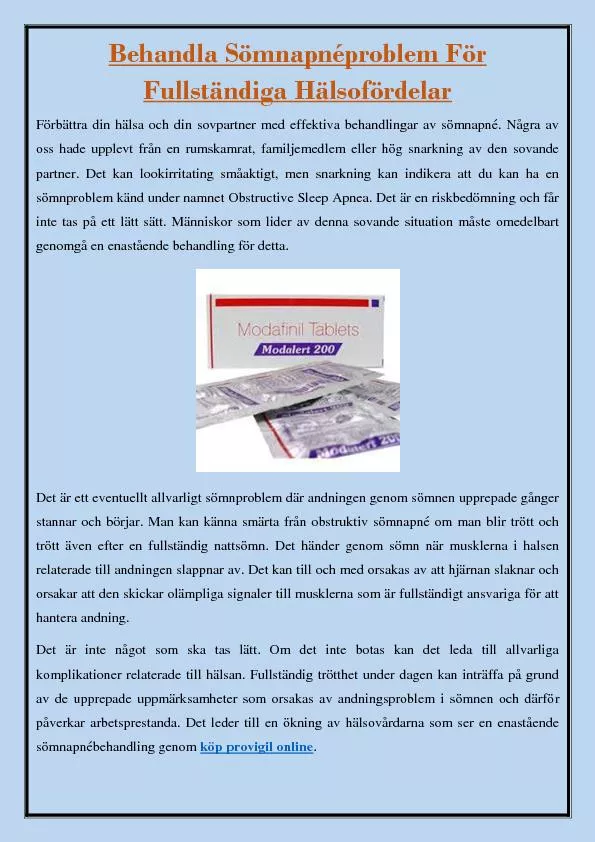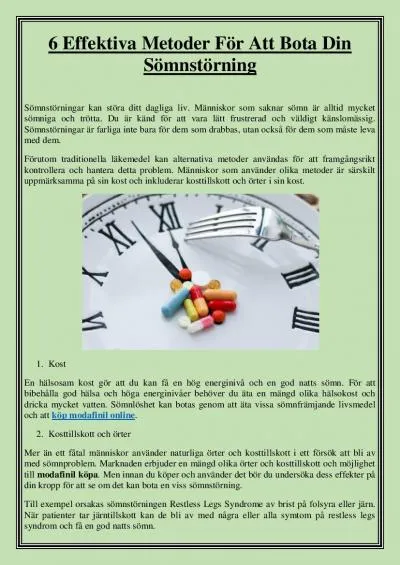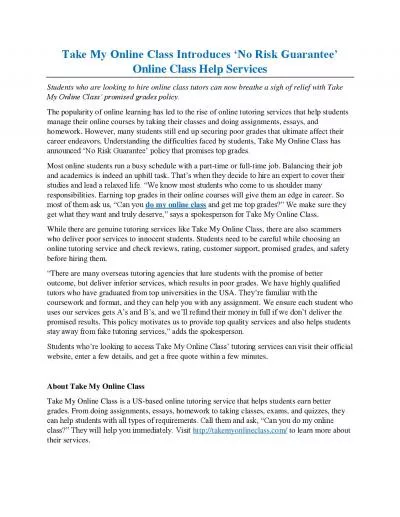PPT-Online Source for
Author : liane-varnes | Published Date : 2017-11-12
Permits and Licences for Canadian Businesses BizPaL Overview Entrepreneurship is complicated Write a business plan Get financing Get required permits licences
Presentation Embed Code
Download Presentation
Download Presentation The PPT/PDF document "Online Source for" is the property of its rightful owner. Permission is granted to download and print the materials on this website for personal, non-commercial use only, and to display it on your personal computer provided you do not modify the materials and that you retain all copyright notices contained in the materials. By downloading content from our website, you accept the terms of this agreement.
Online Source for: Transcript
Download Rules Of Document
"Online Source for"The content belongs to its owner. You may download and print it for personal use, without modification, and keep all copyright notices. By downloading, you agree to these terms.
Related Documents














